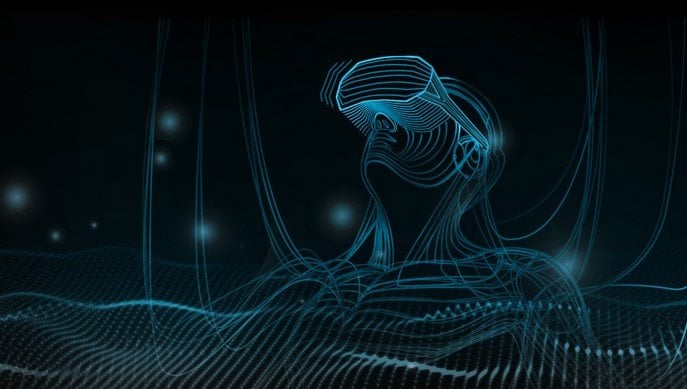VirtualLink is a new connector standard that allows connecting VR headsets via single USB and is backed up by great tech companies like NVIDIA, AMD, Valve, Ocolus and Microsoft. The new standard should change a lot of things about how we implement Virtual Reality as the companies said that it was “developed to meet the connectivity requirements of current and next-generation virtual reality (VR) headsets.”
The new consortium consists of NVIDIA, AMD, Valve, Ocolus and Microsoft, and today they revealed VirtualLink which is an “open industry standard” and it works as an “Alternate Mode” of the most recent USB standard, the USB Type-C plug. According to the companies, VirtualLink serves to condense VR headset plugs to a simple, thin cable, but also capable of meeting the demands of the headset that will arrive in the future generations.
The new standard that connects VR headsets via single USB uses four high-speed HBR3 DisplayPort lanes, a USB 3.1 data channel for onboard cameras, as well as 27 watts of power.
The vast majority of VR headsets that are used today need two or three plugs in order to make it work. The Ocolus Rift is equipped with one HDMI plug and one USB plug, while HTC Vive uses one DisplayPort plug, one USB plug and a power plug that is used to connect to the wall power socket.
The VirtualLink is to reduce the multiple plugs and connect them to one USB-C connector which would work in VirtualLink mode.
“VirtualLink replaces multiple cables with a single lightweight cable. It simplifies the setup process and significantly reduces the setup time of VR headsets,” it says on the VirtualLink Consortium website.
Companies that are interested in how this works are encouraged to submit a request on an advanced overview of VirtualLink 1.0 specifications that is coming soon on the official website.
Nevertheless, currently it’s unknown where the VirtualLink port can be found when it officially debuts. VR headsets today plug the connectors into the computer’s GPU for video output, while the USB plug connects to the motherboard.
The VirtualLink connector that would be connected to the GPU directly is a step that would make sense for this technology to be more advanced than the previous, given that a lot of image rendering is happening in the process.
According to a prior rumor reported by Tom’s Hardware, NVIDIA was working on a special connector for the NVIDIA GTX 1180 that would ensure more speed. The rumor may have as well referred to the VirtualLink connector.
“Nvidia will use a new VR-friendly connector that will provide much higher refresh rates over a single connection than previously available,” it says in the report.
What do you think? Are we going to connect VR headsets via single USB soon?






